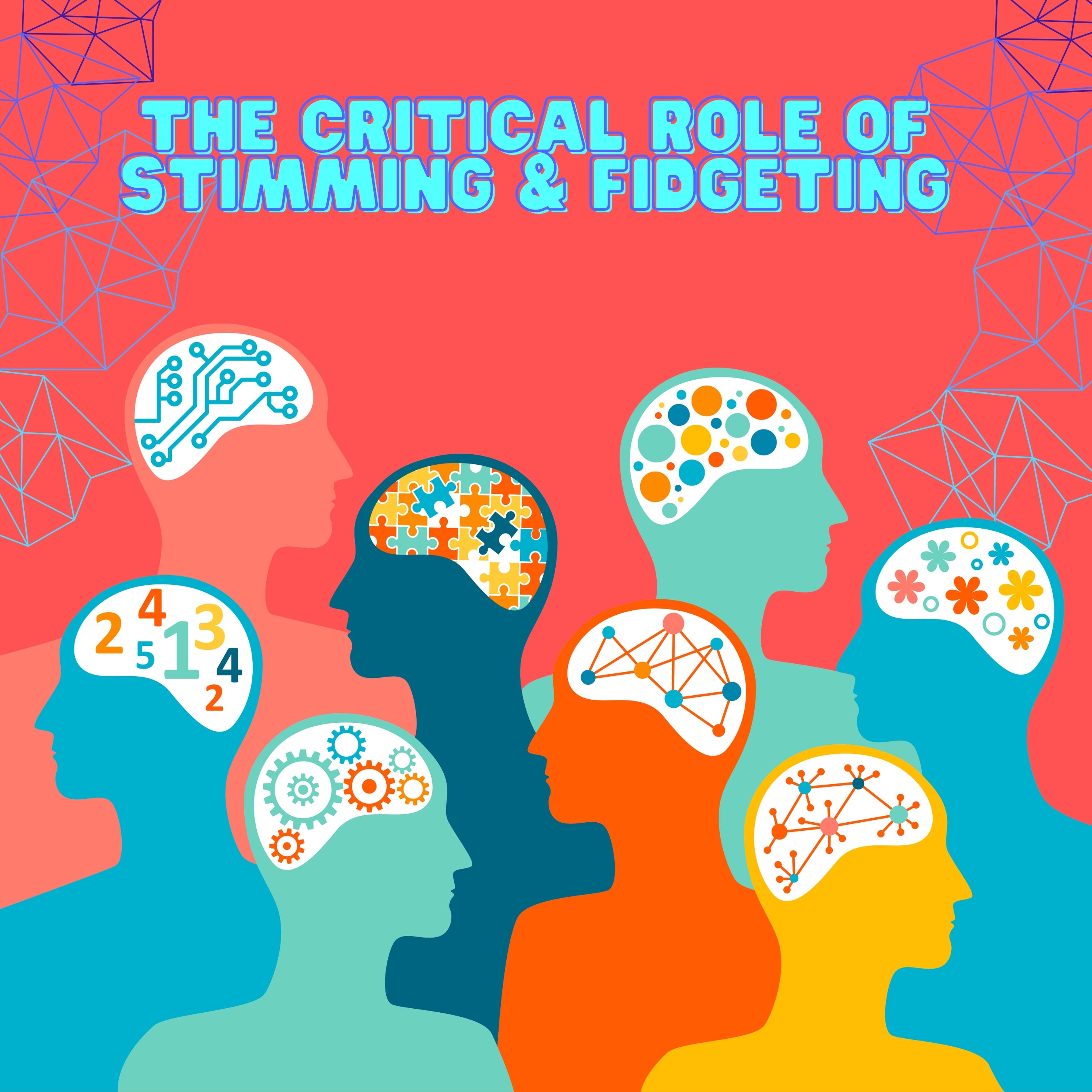Today, we are diving into a fundamental topic: the importance of stimming and fidgeting. The topic is often linked to ADHD but it's also highly relevant for those on the autism spectrum. Let's get started.
What is Stimming?
Stimming, or self-stimulatory behavior, is an array of behaviors that autistic individual, and even those with anxiety or ADHD, often exhibit as a way to self-soothe or manage overwhelming situations. This can include many actions, from hand flapping, rocking, humming, to repeating phrases or words.
Contrary to some common beliefs, stimming isn't a negative behavior. In fact, it is a vital self-regulation strategy that can help manage sensory overstimulation, focus, and attention. It can be equated to neurotypical behaviors such as tapping a pencil, biting nails, or even drumming fingers when nervous or deep in thought.
Stimming and Focus
For individuals with ADHD or autism, the act of stimming often plays a role in maintaining focus and paying attention. A study from the Journal of Abnormal Child Psychology showed that body movement or "hyperactivity" could aid in memory and cognitive performance. Therefore, instead of limiting concentration, stimming can enhance cognitive processes.
The rhythm or repetition in stimming behaviors can provide a much-needed sensory input, grounding the individual, allowing them to better process information and concentrate on tasks. It’s a bit like having a personalized metronome that helps orchestrate thoughts and actions.
Fidgeting as a Form of Stimming
Fidgeting, like shaking a leg, spinning a pen, or clicking a fidget toy, is a form of stimming that most of us do subconsciously. For those with neurodivergent minds, it acts as a way to calm down, and a subtle method to channel restlessness, anxiety, or excess energy.
Fidgeting aids in maintaining an optimal level of interest and keeping stress at bay. It also improves engagement and productivity, acting like a subconscious driver that keeps the mental engine running smoothly.
Reframing Stimming and Fidgeting
Understanding stimming and fidgeting, their importance in self-regulation, and their role in enhancing focus, should lead us to a reframing of these behaviors. Rather than seeing them as disruptions or quirks, we should respect and recognize them as essential coping mechanisms and productivity tools that facilitate better engagement with the world.
Supporting neurodivergent individuals, whether they are stimming, fidgeting, or engaging in other self-regulatory behaviors, is crucial. Instead of trying to suppress these natural inclinations, we should focus on creating environments where everyone can express their unique ways of being.
Stimming and fidgeting have significant importance in the lives of neurodivergent individuals. These actions, though sometimes misunderstood, provide comfort, aid concentration, and foster engagement with the world around them. Understanding and appreciating these behaviors can create more inclusive, understanding environments, showcasing the beauty of neurodivergence.
Until next time, let's continue to learn, understand, and embrace the diverse ways of perceiving and interacting with the world. Remember, neurodiversity isn't a limitation – it's a different lens through which we view and engage with our surroundings.


